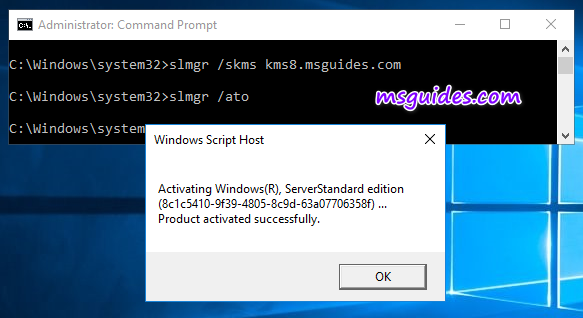

- Using makemkv command line full#
- Using makemkv command line software#
- Using makemkv command line download#
- Using makemkv command line mac#
At this point, you can now skip down to step 5 to create the “backup” of your physical DVDs. Placing “libdvdcss-2.dll” in HandBrake’s installation directory, allows HandBrake to decrypt the DVD’s CSS on the fly. At the time of writing, version 1.2.12 was the newest version available for Windows.
Using makemkv command line software#
VideoLAN’s libdvdcss is an open source software library that has the ability to decyrpt DVDs encrypted with the Content Scramble System (CSS).
Using makemkv command line download#
HandBrake on it’s own cannot “backup” a DVD or Blu-ray.Ģ) Download and setup VideoLAN’s libdvdcssĭownload libdvdcss from and copy “libdvdcss-2.dll” to C:\Program Files\Handbrake\ (HandBrake default installation directory). I’ve used a few different transcoder apps, but HandBrake has been my favorite by far. HandBrake is an open source application that can transcode (convert) almost any video file into a more openly supported file, using “a selection of modern, widely supported codecs.” -excerpt from. HandBrake will be the utility used to create the “backups” of your physical DVD and Blu-ray library.
Using makemkv command line mac#
I believe the following process can also be done on Mac and Linux, but my instructions are assuming you’re running 64-bit Windows 7, 8.1, or 10. Thus the reason I thought this would be an excellent walk-through to share. In my research I never found an article/tutorial/walk-through that fully covered the use of Handbrake on Windows for both DVD and Blu-ray. However, my biggest issue with Plex was not having an easy way to “backup” my physical DVD/Blu-ray library for use in Plex… A hurdle I only recently overcame. If (like the op) you prefer matroska as a container or different codecs, amend the ffmpeg options accordingly.I’ve been using Plex for several years now and love it! If you haven’t heard of Plex, you must go check it out ( ) as it basically allows you to create your own personal Netflix with all your own content.

I reckon the default video options for this operation are sensible but increasing the audio bitrate is desirable (hence the -b:a 384k).
Using makemkv command line full#
If unsure play the title to see what it is what you want using: vlc -no-bluray-menu bluray:///dev/sr1#1įYI: the full syntax here is: 3: TRANSCODE IT INTO SOMETHING SMALLER (AND FIX ANY SHENANIGANS) ffmpeg -i my_new_film.mpg -b:a 384k my_new_film.mp4įfmpeg has a million options. Replace #1 with the title you actually want. Replace /dev/sr1 with your blu-ray hardware's dev file - might be /dev/sr0 or something else entirely. STEP 2: RIP THE TITLE YOU WANT cvlc -no-bluray-menu bluray:///dev/sr1#1 -sout "#std" vlc://quit Unzip it and put the file here (rename it if necessary): Vlc and ffmpeg can be installed with apt/aptitude in the usual way, but the KEYDB.cfg file must be downloaded separately from the internet.

without using makemkv) as follows (note - I prefer the command line for such things, someone else can answer for those who prefer a GUI): This can be achieved on Debian GNU Linux (and its derivatives - like Ubuntu) with open source freeware tools (i.e. Without commenting on the ethics of media piracy, there is clearly a legitimate need to rip a Blu-ray you have legally bought onto your hard drive so as an empowered user you can play your film with your choice of open source media software on your choice of open source operating system without messing about inserting a scratchable physical disk or depending on the media copyright owner's streaming site which may or may not exist in a few years time.


 0 kommentar(er)
0 kommentar(er)
